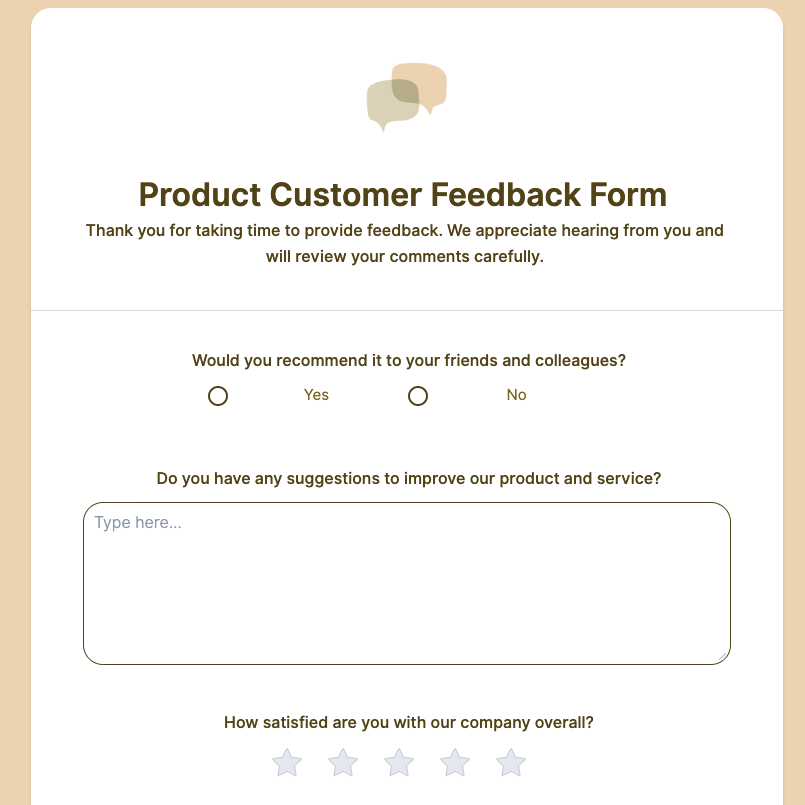How to move your brick-and-mortar business to e-commerce store
- Picking the right platform
- Finding the perfect balance
- Managing inventory
- Maintaining customer satisfaction
There’s nothing quite like a used bookstore. Some of the best ones have odd layouts that invite you to get lost and discover something amazing. You could spend hours browsing, sifting, and digging for buried treasures. You could find yourself in a hidden nook learning about a new topic you’d never given a second thought to.
But used bookstores were one of the first casualties of the switch to online retail. And now they’re incredibly rare.
Some of them, however, are doing more business than ever before. They’re the ones that learned to adapt quickly.
Instead of throwing their hands up and cursing Amazon for stealing their livelihood, they started selling their books through the online retail giant. And now their customer base has gone global.
You can take your brick-and-mortar store online in the same way, no matter what you’re selling. Here’s how.
Picking the right platform
Amazon may be your default first choice for selling your products online — and for good reason. At the time of writing, almost 40 percent of all online retail transactions go through Amazon. Even mega-retailer Walmart has less than seven percent of the market share in e-commerce.
No matter what you’re selling or how big your business gets, you’ll probably never be able to directly compete with Walmart. And Walmart can barely compete with Amazon.
The biggest drawback to selling on Amazon is that your brand presence will just consist of a link on a product page. The only way you can share a custom experience with your potential customers is if they click on that link.
So, Amazon is an obvious choice, but it’s not the only option.
There are a number of e-commerce storefront providers, like Wix, Weebly, and Shopify. Those solutions let you build your own website and online shop in one go.
Compared to building a website or storefront from scratch, solutions like Shopify make things really easy for you. But you’ll still have to invest some time to get it right. If you hire someone to design your shop for you, that’s an additional expense.
Another way to get up and running in minutes is with Jotform’s Store Builder.
Store Builder will give you a cleanly designed shop that looks great on web and mobile. Just select from one of over 100 store templates or start building one from scratch. Then you can customize your shop with drag-and-drop components and widgets and set it up to match your inventory.
Jotform Store Builder is free to use until your business needs to grow. It works with or without an existing website. And with over 25 payment gateway integrations, there’s a good chance it will work with the payment method you already use in your physical location.
So there are three good options. But which one should you pick? And why settle for just one?
Finding the perfect balance
Your potential online customers probably don’t know much about you yet. To find products like yours, they’ll most likely start somewhere they know, like Amazon. And that’s OK.
Once they’ve made an initial purchase from Amazon or other big retailer, you can reel them in by providing high-quality merchandise, outstanding customer support, and a few personal touches.
Working with your business should be so pleasant for customers that you’ll stand out to them. When they think of buying something you sell, you want them to think of your products first. You can do that by providing a unique, personalized experience.
One way to distinguish yourself is with personal touches like these:
- Include a handwritten, personalized thank-you note. Some cartoonists even include a one-off drawing for people who buy their special products.
- Include custom swag with each order. Keychains and stickers are always good, but try to be original.
- Some brands, like Oatly oat milk, cover their packaging in upbeat and slightly silly messages. It’s a way of giving your customers a smile and letting them know you have a sense of humor.
If your customers are happy, they’re more likely to accept a cross-promotion or upsell. For example, you can offer them 10 percent off their next purchase if they use your hashtag in a social media post.
Now that you’ve reeled them in, you have another opportunity. Find a way to get them to your website. You can do that through promotions and social media mentions as well.
Once they’re in your online shop, you can prompt them to sign up for your newsletter to keep them up to date on new products and promotions. And you can offer them better deals because you’ll be avoiding Amazon’s hefty referral fees.
Managing inventory
If you have a small shop or boutique, you can probably package and ship everything yourself, but that will get old fast. And it will get harder as your sales grow.
You might think that the next step would be to hire a few more people. Then you’ll probably need more space. Then you’ll need more work furniture, packing supplies, and so on. Fortunately, you can avoid all that with fulfillment services.
Many fulfillment companies will manage your entire inventory. That includes storage, packaging, shipping, returns, and even some customer service.
These services can be expensive for smaller businesses, but you have to consider the costs of doing all those things yourself. Consider the time it takes, the employees you’ll need to hire, the cost of storage space, and everything else involved.
Once you hit a certain point of growth, a fulfillment service could be your most valuable partner. And once you’ve hit that point, you can have your suppliers send inventory to the fulfillment service instead of trying to keep it all in your physical shop.
Naturally, Amazon provides fulfillment for businesses selling through Amazon, but they also provide fulfillment for other businesses as well.
You might be happy with Amazon, but, once again, you do have options. There are many other fulfillment companies. A smaller company may work harder for your business. And working with a local business can make it cheaper to get your products into their inventory.
Maintaining customer satisfaction
Some fulfillment companies will handle customer support regarding returns, but it’s a good idea to take a more hands-on approach to ensure your customers are truly satisfied.
Online forms are one of the best ways to streamline communication with your customers. You can use forms for gathering customer feedback, taking surveys, gathering emails, and much more.
Online form builder Jotform provides more than 10,000 templates to help make it easy to streamline your communication. Jotform forms are highly customizable and can blend seamlessly with your existing website.
And if you’re using Jotform forms with Jotform Store Builder, you’ll have a tightly integrated solution that will take a lot of work off your plate. And with Jotform’s free Starter plan, it won’t cost you anything until your business starts to grow.























































Send Comment: